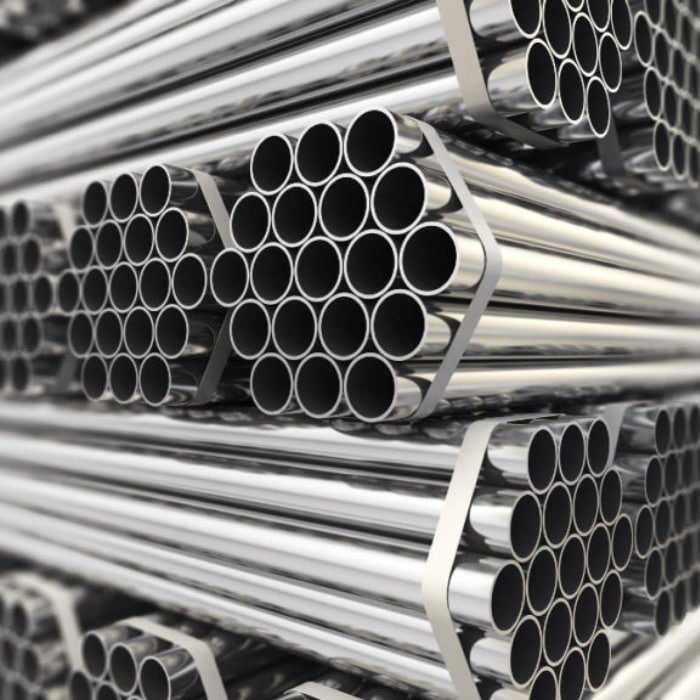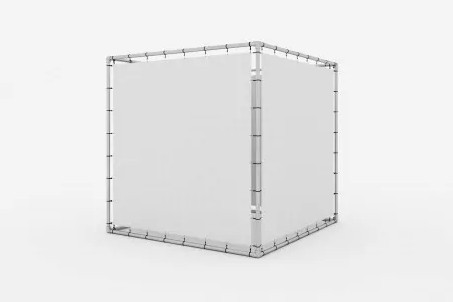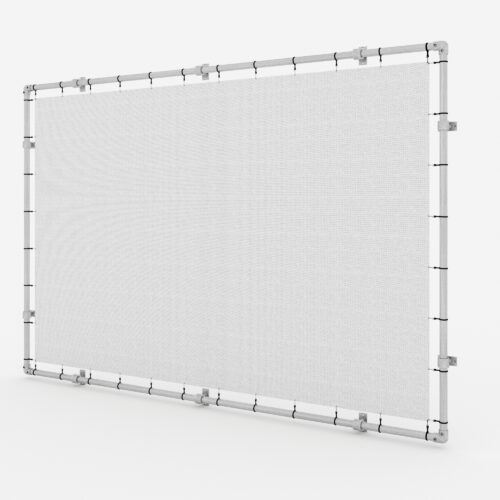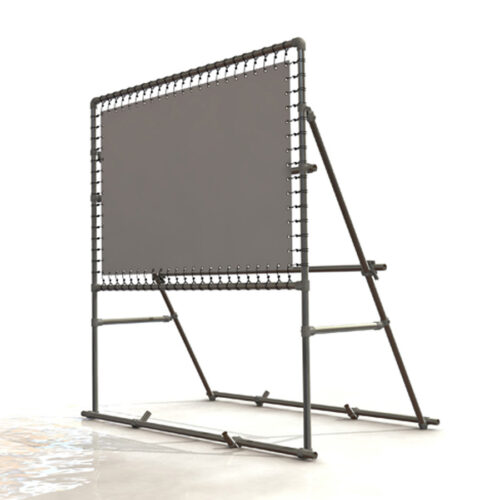Steel and aluminium tubes are widely used in various industries. Among other things, they are used to create various structures – safety systems, frames or supports.
One of the factors to be taken into account before selecting them is the appropriately sized diameter of the pipe. Therefore, if you are wondering what the nominal diameter DN is and the effective d. of the pipe, this article will answer this question.
What is the importance of a properly selected pipe diameter? Nominal versus effective diameter
The importance of properly sized pipes, their length and, above all, their diameter, cannot be underestimated. After all, it will not be possible to build a pipe system or any other structure with just one type of pipe. Various types are used, with a range of lengths and diameters, and the latter dimension is extremely important when connecting individual pipe sections together.
This prerequisites, among other things, that the individual sections can be interconnected and even easily replaced if necessary. Here we may encounter another stumbling block, because if you look in their specifications, you will certainly notice that there are usually two sizes given:
- nominal diameter of pipe – DN;
- effective pipe diameter – d (outer).
Both dimensions should be taken into account before starting any design and then installation work, but even before doing so, it is useful to know how they differ, which types of pipe they relate to and which pipe diameter value is better to use.
Definition of nominal diameter (DN)?
We will start by explaining what the DN (Diameter Nominal)of the pipe is. The term was first applied to steel pipes, but has currently been adopted for virtually all types of pipe. Defining this term in the simplest terms, we can say that the nominal diameter DN roughly defines the diameter inside the pipe given in millimetres.
It is therefore given in the metric system, rather than in the commonly used imperial system. We will outline the differences between the two later in the text.
The nominal diameter DN is also in accordance with the EN ISO 6708 standards applicable throughout the European Union. This type of marking is primarily used for pipe types such as:
- Galvanised or non-galvanised pipe fittings for water and gas pipework;
- cast-iron pipes, which are increasingly rare but sometimes still used;
- composite pipes, which are a combination of high-quality steel and damage-resistant plastic;
- pipes made of plastics alone, e.g. polyvinyl chloride (PVC).
Interestingly, nominal and actual diameters usually differ by up to a few millimetres. For example: a pipe marked DN20, with a wall thickness of 1.5 mm, has an internal diameter not of 20 mm, according to DN, but of 22 mm. Such inaccuracies can sometimes cause some difficulties during installation work, primarily because the outer diameter of the pipe is taken into account when joining pipes into a pipeline, for example.
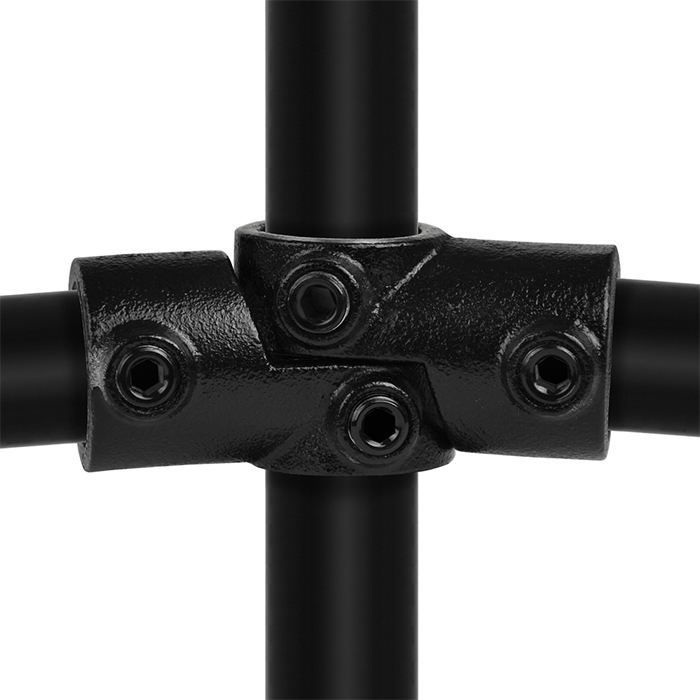
The effective diameter, i.e. the outer diameter (d) of the pipe?
Since the outer diameter is so important in the process of joining pipes, welding or sealing them, we need to know what it is. It is denoted by the lower-case letter d (diameter) and by external diameter we mean the actual, real diameter of the pipe, again expressed in millimetres, i.e. again using the metric system.
This is also regulated by the generally applicable European DIN EN ISO standards.
The effective diameter of the pipes d is relevant to practically all the methods used to connect them to each other, regardless of whether we use:
- various welding methods, e.g. vibration, short-circuit, friction, infrared IR, high-frequency, resistance or spark welding;
- bonding, used for plastic pipes.
Nominal vs effective diameter – which is better to use?
It is definitely better to use the outer diameter of the pipe d rather than the nominal diameter DN, which will certainly make it easier to carry out the planned installation work. This is supported, among other things, by the fact that the diameter d is an exactly measurable and constant value, irrespective of the type of pipe, its wall thickness or the material from which it is made.
Another advantage, also highlighted by experts in the field, is the ease of taking the necessary measurements and the increasing use of plastic pipes.
The most common method of joining them is actually gluing (bonding), which requires a closer fit between the surfaces to be joined. Of course, this does not mean that we are to disregard nominal diameter DN at all, and is mostly used when connecting a new pipe to an existing pipeline, e.g. a flanged connection.
Which dimensions are worth using, metric or imperial?
Finally, we will return to the frequently asked question of whether to use metric or imperial dimensions. Let’s face it, providing the diameter of a pipe in inches, talking about a half-inch or ¾-inch pipe, results only from a long-standing habit rather than convenience.
In Europe, however, the metric system applies, so you need to start using it, and you can easily find tables online to help you convert the diameter of a pipe from inch to metric or vice versa, if you still don’t want to change your habits.

